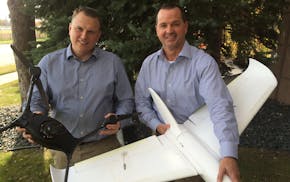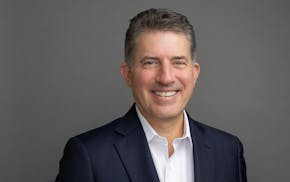A workshop developed by two Augsburg University professors aims to help colleges and universities disrupt white-centric words and actions that get in the way of making meaningful change to equality. Margaret Finders and Terrance Kwame-Ross identify "white talk moves" as the conscious or less-than conscious ways white people avoid talking about race and maintain white dominance.
Some examples:
Missing-in-action ally: A white person recognizes speech as race-based but remains silent in a public setting. Later that person seeks out the person of color privately to articulate their concern. This private sharing often is assumed by white people to be a show of solidarity. But because it is not done publicly, it does nothing to disrupt the dominant white talk.
Over-voicing: A white person takes over the conversation when a Black, indigenous or person of color is talking, attempting to speak for them, framing and explaining their ideas.
Tone policing: A white person shuts down the talk of a BIPOC because they perceive it as angry or emotionally charged. Tone policing condemns the tone of the talk, thus preventing the ideas of the speaker to be communicated.
White hearing: Some white people simply do not hear a speech act as racist or how it gives preference to white ways. White talk is accepted as neutral and common-sense.
White side-stepping: A white person pivots the conversation away from race, racial experiences and realities. Often they bring up gender, social-class inequalities or "color blindness."
White intellectualizing: When faced with racialized talk, especially with the experiences of a person of color, a white person claims a commitment to racial justice by intellectualizing the situation and suggesting a book study group, citing a scholar's work and/or claiming themselves as an expert.
White tears: In a conversation with a person of color, a white person, usually a woman, becomes visibly upset or cries, perceiving the issues under discussion as a personal attack. White tears position the white woman as victim, which draws comfort to her and diverts the conversation from the issues at hand.
Source: "You're Just Being Oversensitive: White Talk Moves in Higher Education," by Margaret J. Finders and Terrance Kwame-Ross. From the September/October 2020 issue of Change: The Magazine of Higher Learning.

Planned Parenthood North Central States to lay off 66 workers, restructure presence in Minnesota

John Deere buys St. Paul precision ag company Sentera
New virus is wiping out Minnesota turkey flocks, costing farmers $112M so far

Part of the family for 75 years, 19th-century house near Lake Minnetonka listed at $2M

